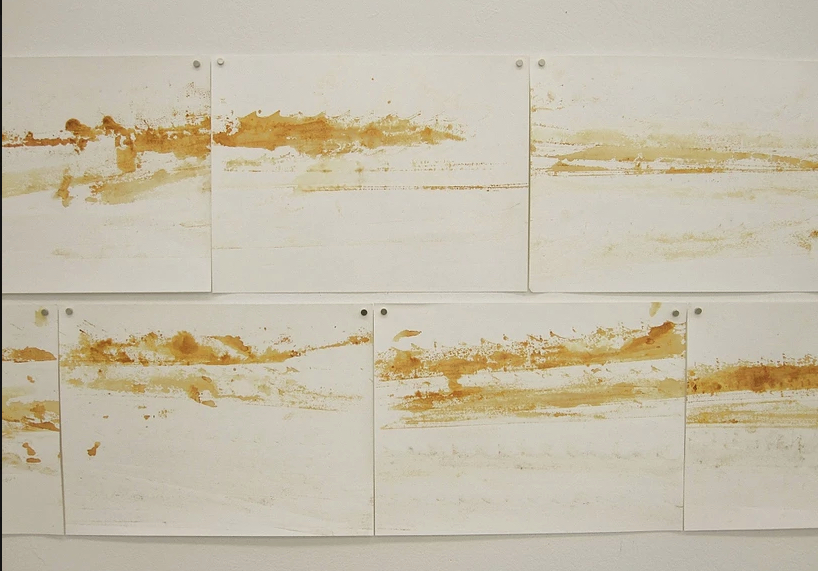If you’ve ever stood in front of a painting or installation and quietly thought to yourself, “I don’t get it,” you’re not alone.
You may even question if what you saw was art at all. So to help you frame what you’re looking at, here’s a useful guide for the four main definitions of art.
Art as representation: In this definition, art seeks to convey an objective, truthful vision of one’s surroundings. Representational art can range from the sharp clarity of Neoclassical paintings – so sharp it seems you’re looking at a photograph – to slightly softer Realist paintings. Think Rembrandt‘s deeply perceptive portraits that make you feel like another living soul is staring right at you. Art as representation was the prevalent definition until the 1850s, when photography became more widely used.
But, of course, there are still many painters whose work falls into this category including local landscape painter, Roseann Janzen. She creates accurate portrayals of nature by “looking for the essence in the landscape rather than the objects,” she says. The artist, who cites Salvador Dali and Leonardo Da Vinci as influences, takes hundreds of photos for reference prior to sketching her surroundings and putting them on canvas.
Art as expression: Once photography became prevalent, and could easily capture reality, art became more about what the artist had to say about his or her subject than the subject itself. Impressionism falls in this category. Art using this definition can still be representational, but the works are about the artists’ interpretations of what they see – how light falls on their subjects, its effects on colours and moods. Think paintings by Monet and Renoir: Thick brushstrokes, fragmented colours, blurred lines and soft edges.
If you use this definition of art, you would judge artworks by their ability to express a feeling or idea about the subject. Anna Gouin, a former Edmontonian who now paints in Vancouver, considers her work to be a form of personal expression. “The process is my focus rather than the outcome. It’s about being present in the moment, attune to what I’m feeling and seeing,” says Gouin. She often works with mixed media – using charcoal, nail polish, found objects and pastel on a canvas – to interpret how she views the human form.
